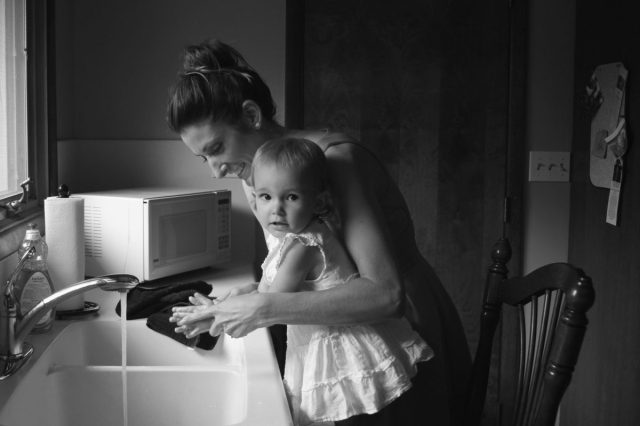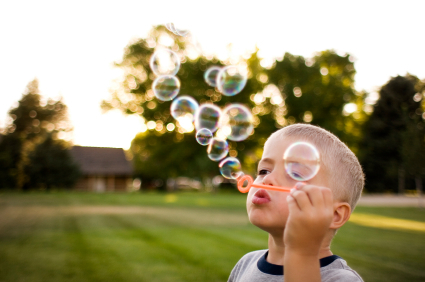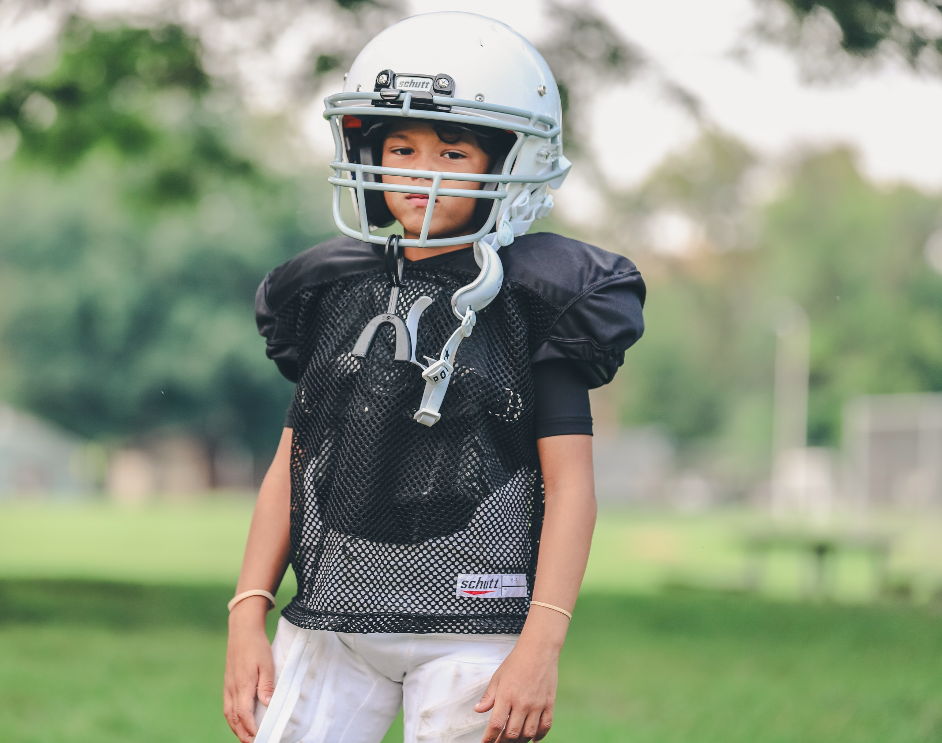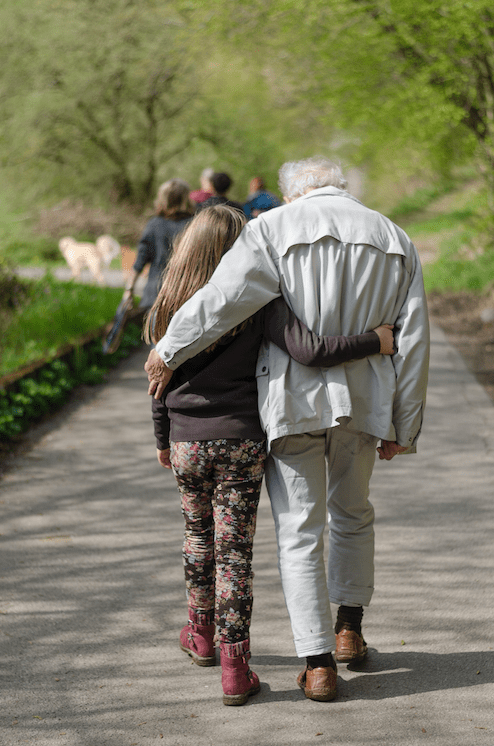With all the media coverage around the spread of the Coronavirus, it’s very probable that your kids have seen the headlines or heard about the virus at school. Children may be worried about how the virus could affect not only them, but also their family and friends. To help minimize their fears, it is important that we not avoid the topic and provide them with facts and reassurance in a calm manner.
Andrea Barbalich, parenting expert and newly appointed Editor in Chief of The Week Junior, has some advice for parents when talking with your kids about the Coronavirus.
Keep your kids informed. Barbalich said, “It can be scary for children when they pick up pieces of information from various sources and do not have all the facts. Help them form a complete picture of what the coronavirus is by explaining it to them in a simple way and letting them ask as many questions as they like.”
Let them know what plans the government and health organizations have in place. Reassure your child that there is a team of experts focused on fighting the virus. Explaining treatments and quarantines will show them what is being done to help prevent the spread of the virus.
If your child is worried about contracting the virus, you can assure them that chances are very low and that it tends to impact older individuals and people with health complications and weaker immune systems. Researchers have also stated that children are particularly resilient at fighting off the virus.
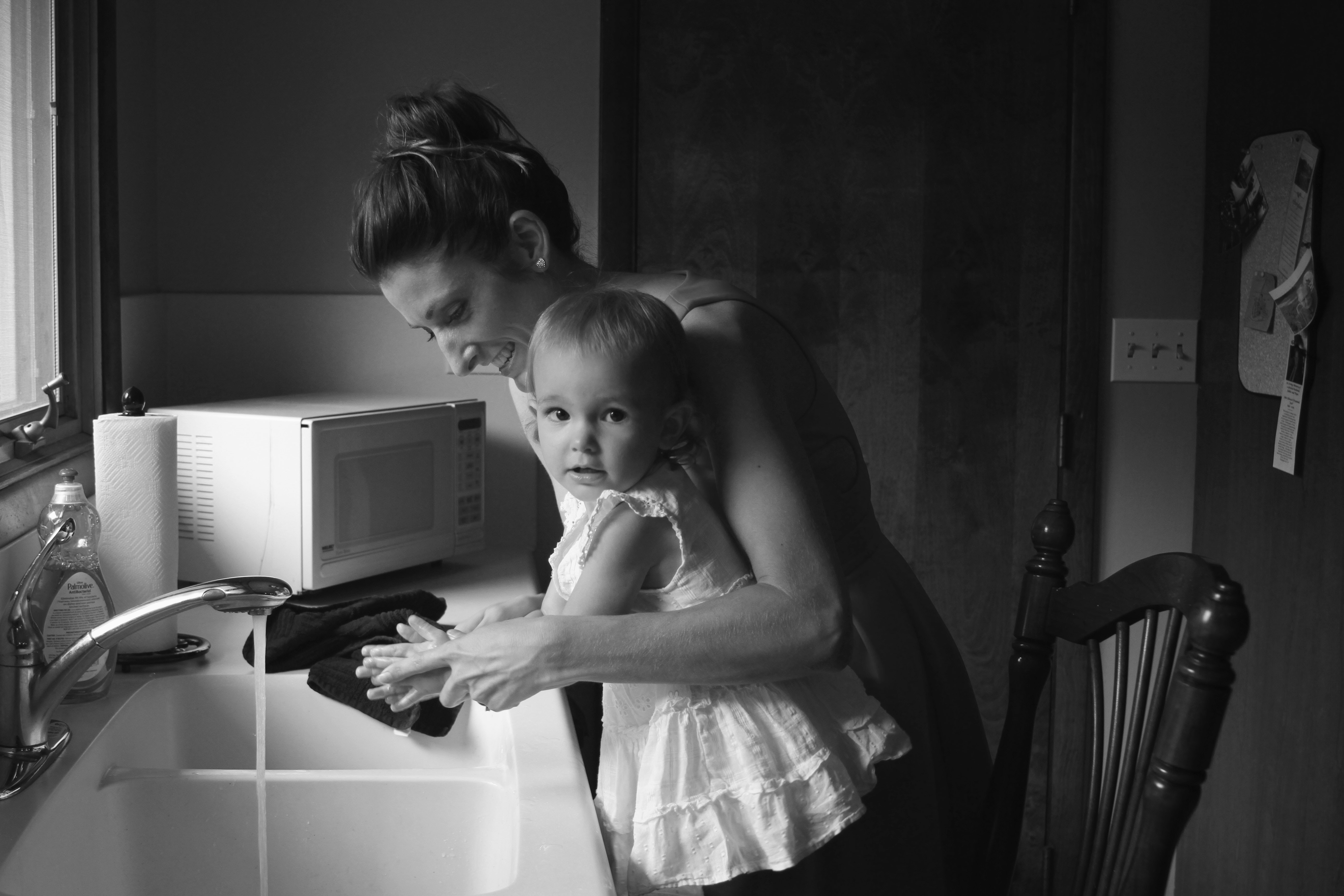
Most importantly, teach your children the importance of good hygiene. Washing hands for 20 seconds with warm water and soap is the best way to minimize the spread of the virus. Children should also be taught to cough and sneeze into their elbow and avoid touching their faces.
Barbalich advises parents to be mindful of their own actions. She said, “Kids learn a great deal through osmosis and can read the sentiment in a room well. If you are discussing coronavirus within earshot of your child, remain calm and avoid evoking a sense of panic that they could pick up on.”
—Jennifer Swartvagher
Featured photo: Jennifer Murray from Pexels
